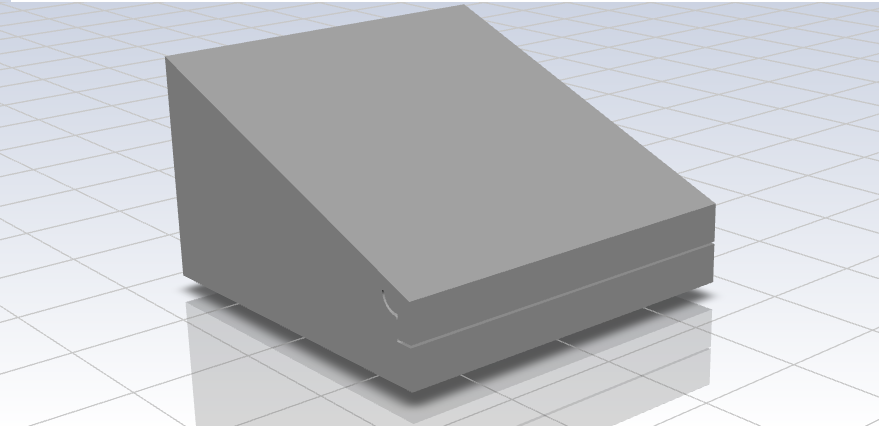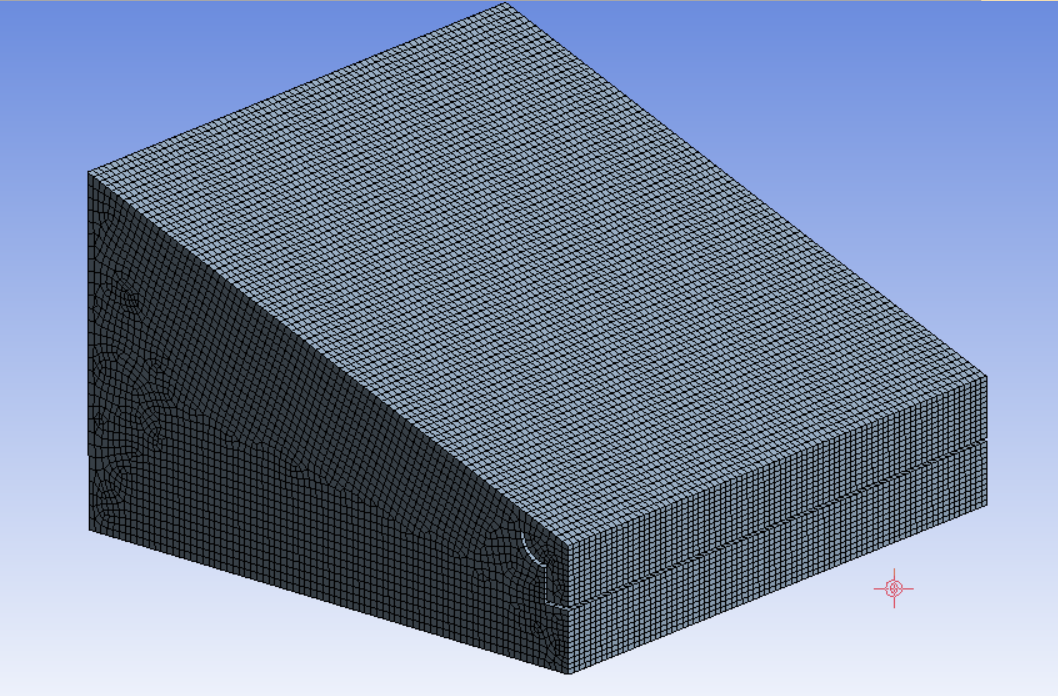-
-
February 27, 2024 at 7:53 am
Atharva Mahajan
SubscriberHelp regarding Solar Still Simulation
I am simulating a desalination process using a solar still in Ansys Fluent.
The solar still uses an initial water level at the bottom, which eventually evaporates and condenses along the sloped glass surface and trickles down into the collector.
I am using the following settings for the simulation:
Multiphase model: VOF (Lee model for evaporation-condensation) - air, water, vapour
Turbulence Model: k-epsilon
Solar Loading and Rosseland model for radiation
All the walls, other than the glass and collector, are adiabatic.
The base heat absorber plate and the glass take part in solar tracing
Time step size: 30sSolutions Methods:
Pressure Velocity Coupling: Coupled (with volume fractions as well)
All other fields other than pressure employ second-order upwind with pressure using PRESTO for discretization
The issue I am facing with this simulation is as follows:
1. The volume of water collected in the collector after simulating 9 am to 12 pm simulation time is a mere 150 ml (The beginning level of water is 25L with 0.1 vf of vapour in the setup in the beginning)
Experimentally I require about 3L of water to be collected in the collector
2. There seems to be an apparent mass imbalance in the plots
Please help me with resolving this issue. I need to resolve it ASAP.
Thank you in advance -
February 27, 2024 at 10:55 am
Rob
Forum ModeratorRosseland isn't commonly used, I'd tend to favour DO or MC for this.
Time step is a function of flow speed, so 30s is very high, how good is convergence? Also, VOF is very sensitive to mesh resolution, ie you will need to resolve the fim and any droplets or you'll lose mass. How fine is the mesh?
-
February 27, 2024 at 11:03 am
Atharva Mahajan
SubscriberRosseland's model models the temperatures fairly well in conjunction with research papers; hence, I decided to go with the same.
As for the residuals, the continuity residuals stay constant at about 10^-1 the rest of the residuals are about 10^-3, and energy stays at about 10^-6.
Mesh statistics for the domain(roughly about 1mx1mx0.6m):
Nodes: 207168
Elements: 195965
Average Skewness: 7.0052e-002
Average Orthogonal Quality : 0.98508
Please do suggest changes so that I can start giving them a try.
-
-
February 27, 2024 at 11:07 am
Rob
Forum ModeratorWith VOF you need 10-15 cells across the film thickness, and an aspect ratio of fairly close to one to ensure droplets etc are picked up. That's going to get very expensive.
What are you trying to find out?
-
February 27, 2024 at 11:09 am
Atharva Mahajan
SubscriberMy main goal is to find the amount of water collected in the collector at the end of 12 hours of the simulation.
Is there a different multiphase model that might work better in my case?
-
-
February 27, 2024 at 11:32 am
Rob
Forum ModeratorOK. If the supply water is unlimited and at a fixed level (and not moving/rippling) you may want to look at the Eulerian Wall Film model. That will run with a steady flow and transient film. I'd also expect the system to be running in an equilibrium state, which will reduce/remove the need to run for 12 hours (that's going to take a long time to run).
-
February 27, 2024 at 11:37 am
Atharva Mahajan
SubscriberThank you for your suggestion.
I need to capture the solar loading variation as the day progresses, though. Running it in an equilibrium state takes away that variation right?
If not, can you briefly explain how I should go about modelling your suggestion?
Thank you or your help!
-
-
February 27, 2024 at 11:44 am
Rob
Forum ModeratorRunning 12 hours with a (potential) time step of under 1s isn't going to be quick. If you look at the time taken for the system to reach equilibrium, how inaccurate would running 6-12 steady models be? It's still not going to be quick, but may well be quicker than a full transient.
-
- The topic ‘Solar Still Simulation : Problems to be resolved’ is closed to new replies.



-
3236
-
1031
-
968
-
859
-
798

© 2025 Copyright ANSYS, Inc. All rights reserved.









